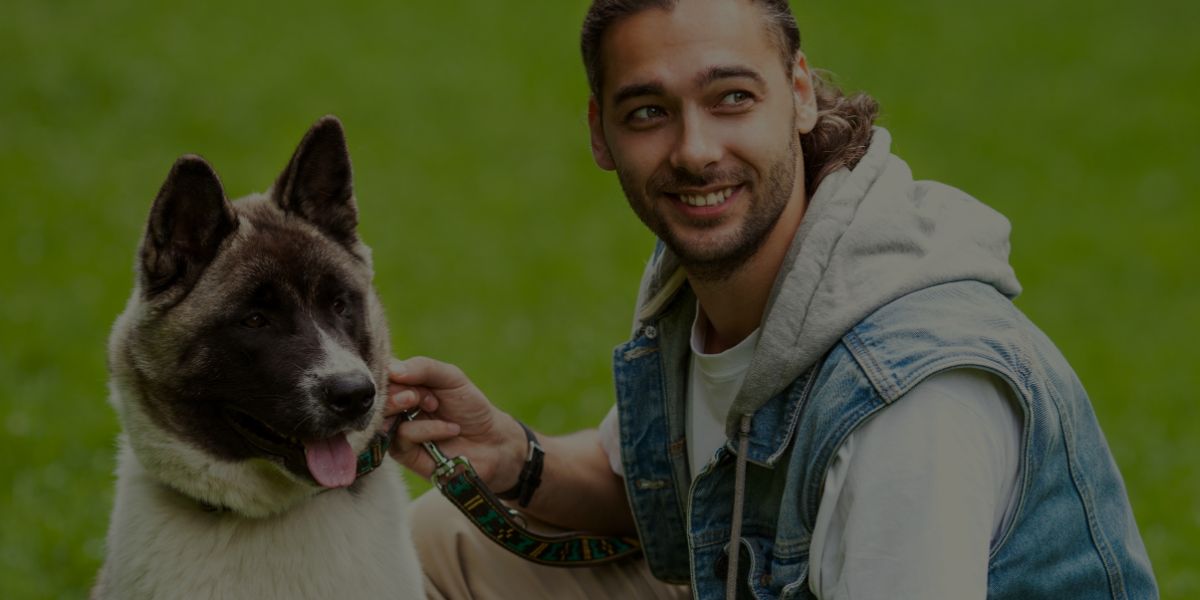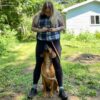As a dog trainer, you have a very important job! You provide guidance, education, and training to help both dogs and owners get the most out of their relationship. Dog training can undoubtedly be a challenging but rewarding career… However there are certain occupational safety hazards that come with the job that should not be overlooked!
In this article, we’ll discuss 10 potential dog training occupational safety hazards one might encounter on the job, as well as how to handle them properly. From dealing with excited dogs and slippery surfaces, to understanding animal body language and what to do if you’re bitten – read on for some essential tips for staying safe in the world of dog training!
So, let’s get started!
10 Potential Dog Training Occupational Safety Hazards You May Encounter on the Job
Occupational Safety Hazard #1: Dog Bites
This is quite possibly the most common of all dog training occupational safety hazards. Dog bites can occur due to a variety of reasons. For example, it could be anything from:
- Fear;
- Insecurity;
- Territorial aggression;
- Or even playful biting.
How to Prevent This
Dog bite prevention begins with understanding canine behavior and body language. Furthermore, it’s also important to work with a dog on the correct approaches and techniques (like reward-based training) that decrease the chances of a bite occurring in the first place.
What to Do if You are Bitten
In the event of a bite, it’s important to stay calm and assess the situation. Dog bites can be serious, so immediate medical attention should be sought if necessary. It’s also important to document all information about the incident for safety reasons – so don’t forget to do that, too!
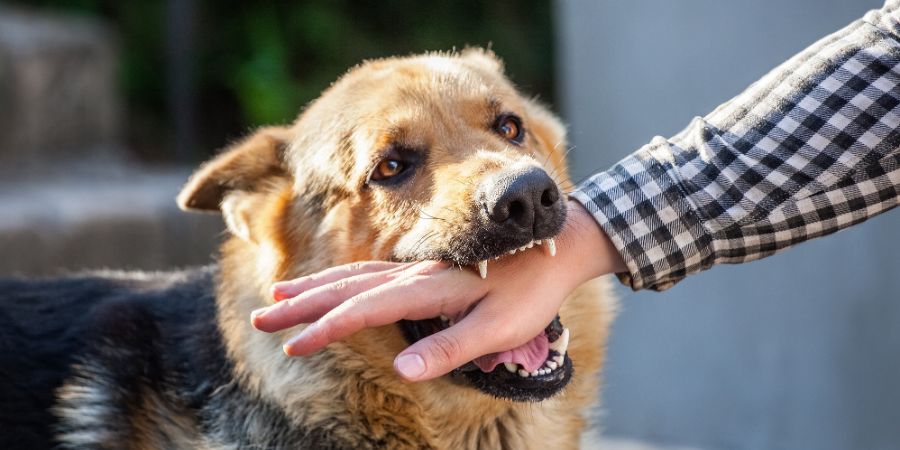
Occupational Safety Hazard #2: Dog Jumps
Dogs are naturally curious, active creatures! As such, they will often jump up and try to lick your face or hands as a way of greeting you. But while this may be seen as harmless and even cute behavior, it can actually pose a serious safety hazard.
Dog jumps can result in:
- Falls;
- Sprains;
- Bruises;
- And other injuries.
How to Prevent This
The best way to prevent dog jumps is by teaching your furry friend the “sit” command. Once the dog understands and responds to this command consistently, you can then begin to work on the “stay” command. With time and patience, you should be able to get your client’s dog to stay in a sitting position until released – no matter how excited they may be!
What to Do if You are Knocked Over and Injured
If you find yourself in a position where you’ve been injured due to a dog jump, it’s important to immediately seek medical attention. Depending on the severity of the injury, this may include seeking out professional help or visiting the emergency room. Dog jumps can result in serious injuries and should not be taken lightly!
Pro Tip: What is dog behavior training? Find out here!
Occupational Safety Hazard #3: Slippery Surfaces
Slips, trips, and falls are some of the most common workplace injuries – and dog training is no exception! As a dog trainer, you often have to work in a variety of different environments (from training facilities to client’s homes). And while each location may have its own unique flooring, there are certain factors that can increase the risk of slipping and falling – such as wet or slippery surfaces.
How to Prevent This
The best way for you to prevent slips, trips, and falls is by taking precautionary steps before entering a new environment. Make sure to thoroughly check for potential slippery surfaces (like puddles or wet paint). Additionally, ensure that you wear appropriate footwear with grip soles.
What to Do if You Slip and Fall
If you do slip and fall, it’s important to seek medical attention right away! In some cases, the injury may be minor – but in other cases, serious injuries can occur (like broken bones or even head trauma). Moreover, it’s also important to document all information about the incident for safety reasons.
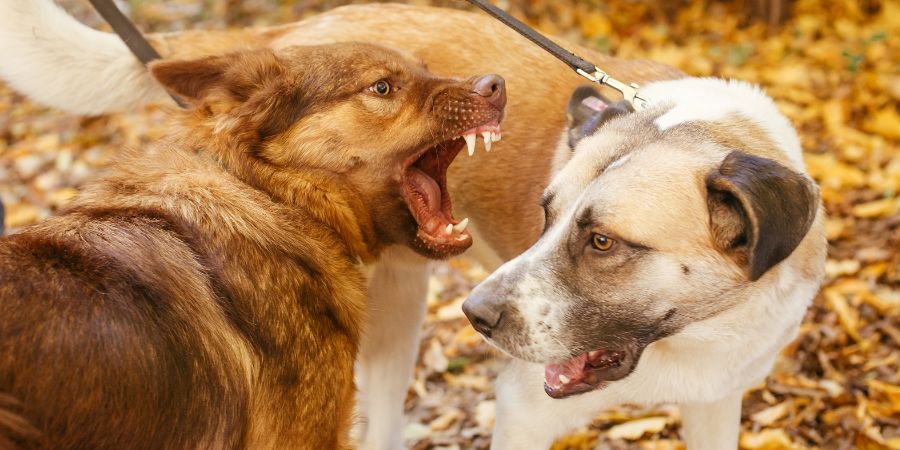
Occupational Safety Hazard #4: Dog Fights
Dog fights can be one of the most dangerous occupational safety hazards that a dog trainer may encounter during their career. Dog fights, especially between two large dogs, can result in serious injuries to both the animals and humans around them. As such, it’s important to know how to safely handle this situation should it arise.
How to Prevent This
The best way for you to prevent dog fights is by monitoring dogs closely during training sessions. If any type of aggression or territorial behavior begins to show, you should immediately remove the animals from one another – preferably using a barrier like a leash or crate. Additionally, you should also keep dog muzzles on hand in case they are needed.
What to Do if Dog Fights Occur
If a dog fight does occur, it’s important to remain calm and take action quickly. The first step is to remove the dogs from one another by using either a leash or crate. Additionally, you should also seek medical attention for any injured animals (or humans). Remember – dog fights can be dangerous and should always be taken seriously.
Occupational Safety Hazard #5: Infectious Diseases
Lastly, another potential occupational safety hazard that dog trainers may encounter on the job is infectious diseases. As a dog trainer, you’re often exposed to a variety of animals and their environment – which can result in exposure to germs, bacteria, and viruses.
In most cases, these may be harmless. However, in other cases, they could be dangerous or even life-threatening. For example, a dog may be carrying an infectious disease such as rabies or parvovirus.
How to Prevent This
The best way for you to prevent the spread of infectious diseases is by taking precautionary steps prior to entering any environment with dogs. Make sure that all the animals have been vaccinated (or at least tested) for communicable diseases before interacting with them. Additionally, make sure that you wash your hands and any items (like leashes or training tools) which have come in contact with the animal’s environment after each session.
What to Do if You Suspect an Animal Has an Infectious Disease
If you do suspect that your client’s dog has a communicable disease, the best thing to do is to contact your local veterinarian or animal control center. They will be able to provide you with the necessary information and resources that you need in order to safely handle the situation.
Remember – it’s always better to be safe than sorry when it comes to infectious diseases! Taking precautionary steps can help protect both the animals and humans involved.
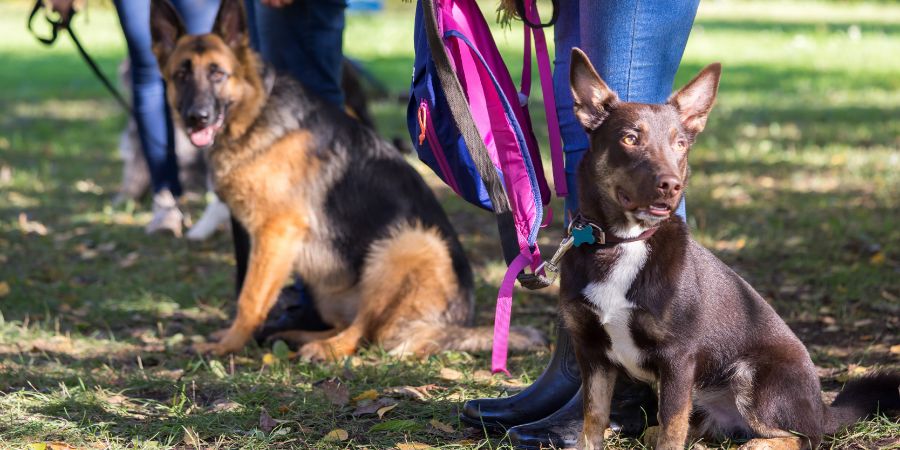
Frequently Asked Questions
Let’s wrap things up with a few frequently asked questions about occupational safety hazards in dog training…
Q: What other potential hazards might I encounter as a dog trainer?
A: Some other potential occupational safety hazards that you might encounter include:
- Electric shock
- A sore back from lifting heavy items
- Falling objects (like toys or treats)
- Sore feet
- Scratches
- Hazardous chemicals
- Loud noises, etc.
Q: What should I do if I encounter a hazardous situation?
A: If you encounter a hazardous situation, it’s important to take immediate action. Start by removing yourself from the situation, if possible. Next, contact your local authorities for help if necessary. Additionally, you should also seek medical attention for any injuries that may have been sustained.
Q: Generally speaking, what are the 10 occupational hazards at the workplace?
A: Generally speaking, 10 common occupational hazards at the workplace include:
- Slip and fall accidents
- Exposure to hazardous substances
- Infectious diseases
- Ergonomic risks (i.e. repetitive motion injuries)
- Improperly built structures
- Electric shock hazards
- Improper use of tools
- Falling objects
- Noise-induced hearing loss
- Collisions
Q: How can I prevent workplace exposures when running my dog training business from home?
A: When running a dog training business from home, it’s important to take the necessary steps to ensure that your workplace is free of any potential hazards.
Start by making sure that your workspace is clean, organized, and free from any trip or slip hazards. Then, make sure that all of your tools and equipment are properly stored away, so that they don’t pose any risk to you or the animals. Additionally, it’s also a good idea to invest in proper safety gear, such as protective eyewear and gloves.
Pro Tip: Haven’t yet launched your dog training business – and not sure where to begin? Our Step-by-Step Guide will walk you through the process!
Q: How can I reduce workplace safety hazards when working at a client’s home?
A: When working at a client’s home, it’s important to make sure that you are familiar with the area and any potential hazards. Additionally, it’s also a good idea to familiarize yourself with the safety procedures in place at the facility.
It’s also beneficial to adhere to a few simple safety tips, such as wearing closed-toed shoes, avoiding distractions, and being aware of your surroundings. And if possible, it can also help to have a canine first-aid kit on hand for any potential emergency!
Dog Training Resources to Bookmark
- The 20 Skills You Need to Become a Dog Trainer
- How to Become a Dog Trainer: A Step-by-Step Guide
- How to Choose a Dog Training School
- 7 Dog Trainer Career Options Once You’re Certified
- The Pros and Cons of Working as a Dog Trainer
- How to Get Clients as a Dog Trainer
- How to Set Your Rates as a Dog Trainer
- The 30 Best Tools to Grow Your Dog Training Business
- How to Brand Your Dog Training Business
- How Much Does it Cost to Start a Dog Training Business?
- Naming Your Dog Training Business: Everything You Need to Know
- How to Boost Revenue for Your Dog Training Business
- Debunking 25 Common Dog Training Myths
- The 20 Biggest Dog Training Mistakes to Avoid
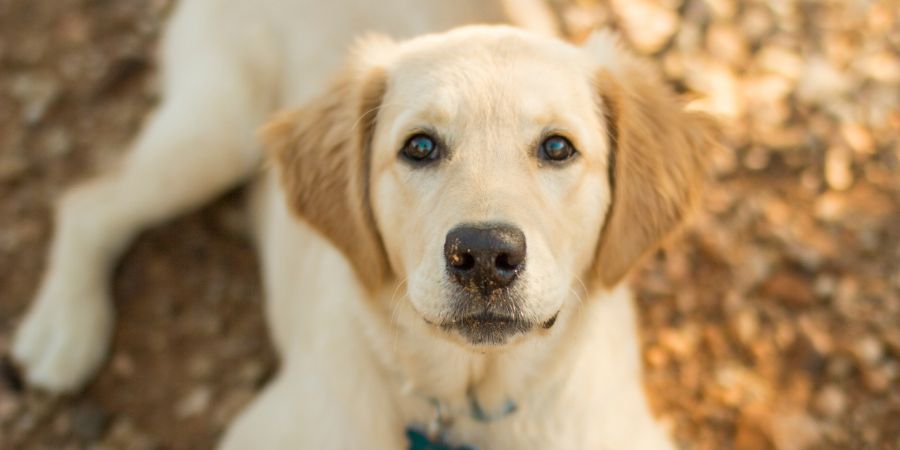
Final Thoughts
Dog training is an exciting and rewarding career path, but it is important to recognize the potential occupational safety hazards that can come with the job. By familiarizing yourself with these risks and taking the necessary steps to protect yourself, you can ensure a safe – and successful – dog training business for years to come!
Happy Training!
